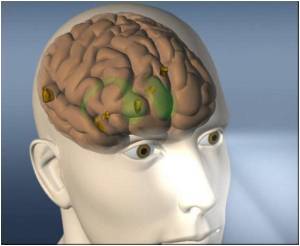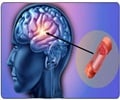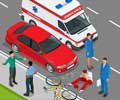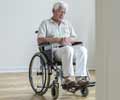Emergency physicians correctly identified nearly 100 percent of patients with Bell's palsy, the symptoms of which are nearly identical to potentially life-threatening
Emergency physicians correctly identified nearly 100 percent of patients with Bell's palsy, the symptoms of which are nearly identical to potentially life-threatening diseases such as stroke and brain tumors.
Potential Misdiagnoses of Bell's Palsy in the Emergency Department")."Even lacking established guidelines for diagnosing Bell's palsy, which is the most common cause of paralysis of one side of the face, emergency physicians make the right call nearly every time," said lead study author Jahan Fahimi, MD, MPH, of Alameda County Medical Center in Oakland, Calif. and the University of California, San Francisco. "The dramatic and distressing nature of facial paralysis often brings patients to the ER for evaluation, often with a concern that they are having a stroke. The combination of thorough history-taking and detailed physical exam allows emergency physicians to determine which patients have a dangerous condition and which can safely be discharged home. While there may be a role for imaging, such as CT or MRI, the overwhelming majority of patients can be evaluated without advanced diagnostic tests."
Researchers analyzed 43,979 records for patients discharged from California emergency departments with a diagnosis of Bell's palsy. At 90-day follow up, 0.8 percent of those patients received an alternate diagnosis, such as stroke, brain bleed, brain tumor, central nervous system infection, Guillain-Barre syndrome, Lyme disease, ear infection or herpes zoster. When restricted to only life-threatening alternative diagnoses associated with central facial paralysis, only 0.3 percent were misdiagnosed.
Patients with Bell's palsy commonly manifest partial or complete weakness of the muscles of half of the face, resulting in an inability to raise one eyebrow, wrinkle their foreheads or close one eyelid. Symptoms often progress fairly rapidly and strongly mimic the symptoms of certain types of stroke. It affects approximately 15 people out of 100,000 every year.
Source-Eurekalert















